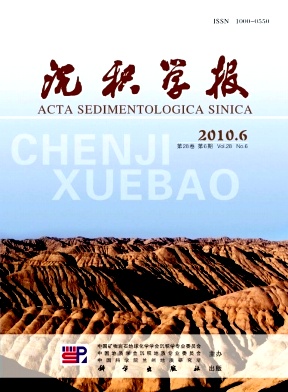Rockmagnetic Characteristics of the Sediments from Heilinding Section in the Linxia Basin at 8.6 Ma and Their Implications
- Received Date: 1900-01-01
- Rev Recd Date: 1900-01-01
- Publish Date: 2010-12-10
-
Key words:
- magnetic susceptibility /
- origin /
- uplift /
- Late Cenozoic /
Abstract: The Linxia Basin is a key place to study the paleoclimate change and the Tibetan Plateau uplift for its special place at the Asian monsoon margin and the northeastern Tibetan Plateau. Variations of the magnetic susceptibility and rockmagnetic characteristics from the Heilinding sediments in the Linxia Basin revealed a huge change occurred at the about 8.6 Ma based on a ideal palaeomagnetic dating (11.85.0 Ma). During 11.88.6 Ma, the value of the magnetic susceptibility was stably low (0.586.9/10 8m3kg1). After 8.6 Ma, it became very high(0.7510.6/108m3kg1) for the soft mineral magnetic properties. We argued such change was mainly caused by the change of the material origin driven by the uplift of the Tibetan Plateau. The magnetic susceptibility in the lake sediments is different from the loesspaleosol layers in the explanation of the environment and climate change.
| Citation: | YAN Xiaoli. Rockmagnetic Characteristics of the Sediments from Heilinding Section in the Linxia Basin at 8.6 Ma and Their Implications[J]. Acta Sedimentologica Sinica, 2010, 28(6): 1190-1197. |






 DownLoad:
DownLoad: